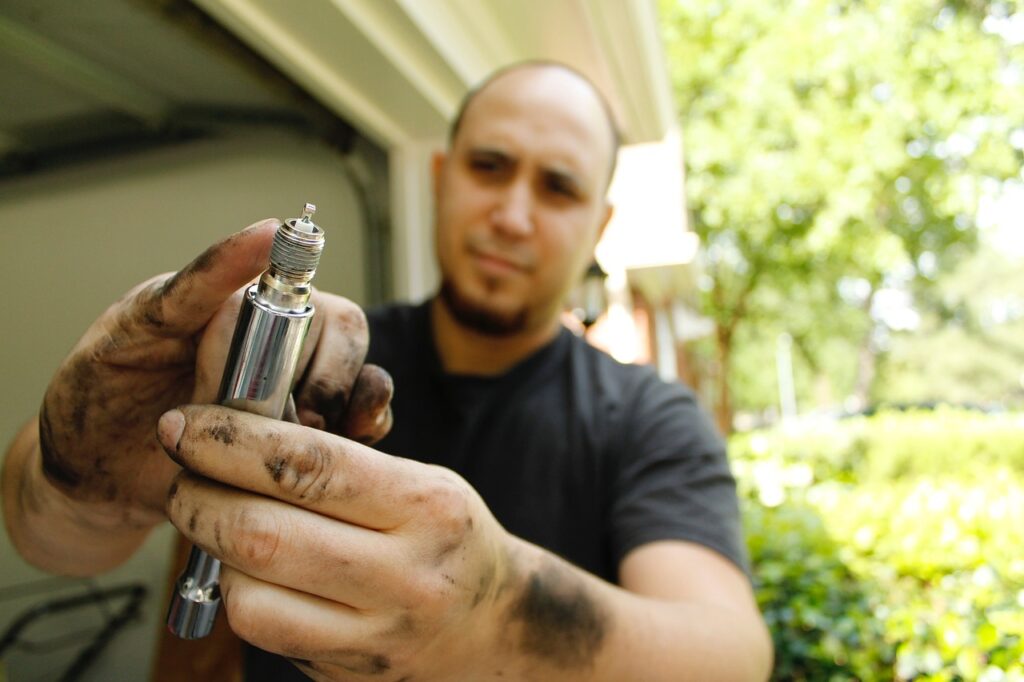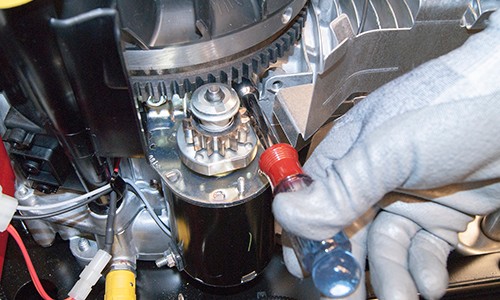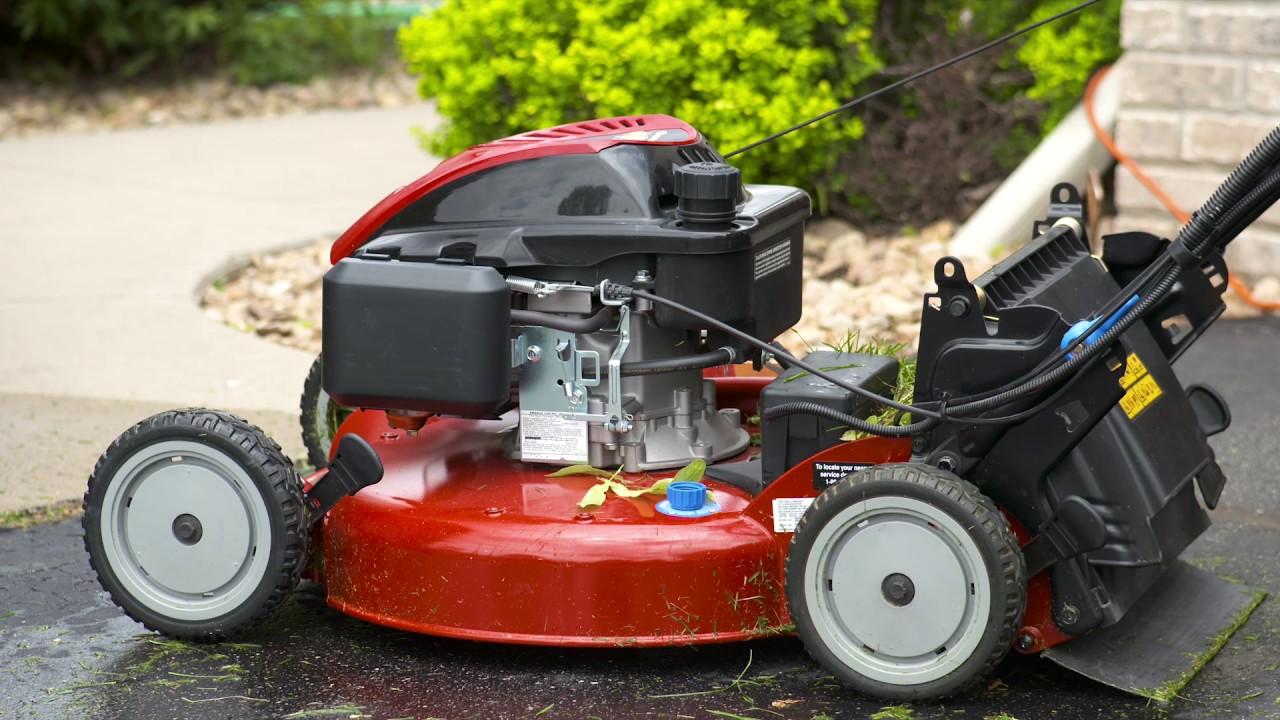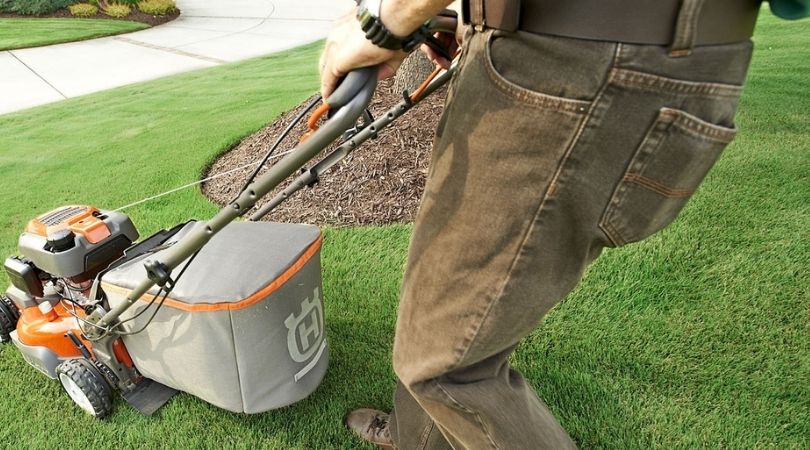If you own a riding lawnmower, one of the biggest challenges you will face has to do with the starter, specifically, being able to diagnose that your mower has a bad starter.
But you can always save on time and money, otherwise spent at the dealer’s if you understand the riding mower’s starter and some of the issues you might experience, issues that affect the starter directly.
In this guide, we’ll help you learn how to diagnose bad starter issues and how to work around it.
That said, the tell-tale signs of a bad starter include a cranking noise from the engine, but without any engine turnover, the mower failing to respond to all your attempts at starting the mower, or the production of a clicking sound whenever you press the ignition button.
You also need to bear in mind that bad starter issues are signaled by the absence of any other electrical motor issues which would be diagnosed and tested with much more ease. Keep in mind that you need the mower’s starter to crank up the internal combustion engine that will run the mower.
Table of Contents
Tests to determine whether the mower’s issues have to do with the starter or not
The tests below will help you determine when you are dealing with a bad starter. Using this information, you will be able to determine how best to override the starter issues and start the mower either way.
Test 1 – Functioning Starter Solenoid
Since the starter solenoid is found between the starter and the battery, being the switch that allows you to start the engine, if after starting the solenoid, the mower still won’t turn on, then it means that the starter is bad. On the other hand, you have an issue with the solenoid if jump-starting the solenoid starts the mower.
Test 2 – Clean Spark Plugs

You have a bad starter of the mower cannot start even after cleaning and even the replacement of the spark plugs.
Test 3 – Clean Leads
If the engine still fails to start even after you clean the leads thoroughly, it means that the starter is bad.
Test 4 – Running Battery
Again, you can tell that you have a case of a bad starter if the mower won’t start after you’ve recharged or even replaced the battery. Note that the user manual will have a guide on how to tell whether the battery is producing enough voltage or not. You could use a voltmeter too.
Reasons for Bad Starter
Binding Starter Motor

Generally, the start engine’s gear head might bind against the flywheel, and when this happens, the flywheel locks together the starter motor and the engine, hence the clicking sound, and a mower than just won’t start. To resolve these issues, turn your engine in an anti-clockwise direction by hand – this should unlock it.
Faulty Starter
Sometimes, you have a bad starter because of an electrical and/ or mechanical failure. For example, if the copper winding breaks or if the brushes either wear out or break (electrical), or if the gear head or the bearings at the top or the bottom of the starter wear out.
In either case, there will be clicking sound. Now that you have an idea of what you are dealing with, how do you start your riding mower with the bad starter as you figure out a permanent solution?
If you find that nothing else is the matter but the starter, that’s after running several tests on the engine, solenoids, battery, starter, ignition switch, and even hydro-locking, here are some of the things you can do to resolve the problem.
How do you start or prime your lawnmower if it isn’t priming as it should?
Solutions for faulty starter
Check the connections

Loose and damaged wiring from wear and tear is often the reason for a bad starter, and replacement or repair of the wiring system would help resolve the issue.
Replace the mower’s bad starter
If you or the guys at the dealership establish that everything else is running as it should, but the mower still won’t run, the only way for you to start the mower with the bad starter is by replacing the starter.
Remember that the starter mower will spin the flywheel starting the engine when you turn on the start key. But if you turn on the ignition but only hear the solenoid click but the motor doesn’t run or spin, the replacement/ the installation of a new manufacturer-approved starter would be necessary.
You can replace the starter at home if you know your way around the mechanical aspects of the riding mower, follow the steps in the user manual, or find help. But the replacement of the starter follows these simple steps:
Steps
- Disconnect your battery and allow the engine to cool before parking the mower on a level surface in the parking brake. Wear the gloves, then turn off the ignition switch and then remove the key.
- Remove the housing of the engine blower, including the air filter and the air filter’s housing screw, as well as the housing bolts, then lift the blower.
- Remove your mower’s old starter mower. First, remove your lower dash fastener then pull off the dash. Next, remove the wire mounting nut for your starter mower then pull of the starter motor’s wire. This will be followed by the motor’s mounting bolds, its wire retainer, and finally, the starter mower after the removal of the left bolt.
- Install your new starter. Position it correctly, then attach it using the right mounting bolt. The other parts to be attached (in order) include the wire retainer, left bolt, routing wires through retainer, installation, then tightening of the left motor mounting bolt. That’s followed by the starter wire using the mounting nut then the lower dash.
- Reinstall the engine blower housing with the air filter.
- You shouldn’t have any nuts left when you are done.
When done, the starter should work, and the engine will start running.

